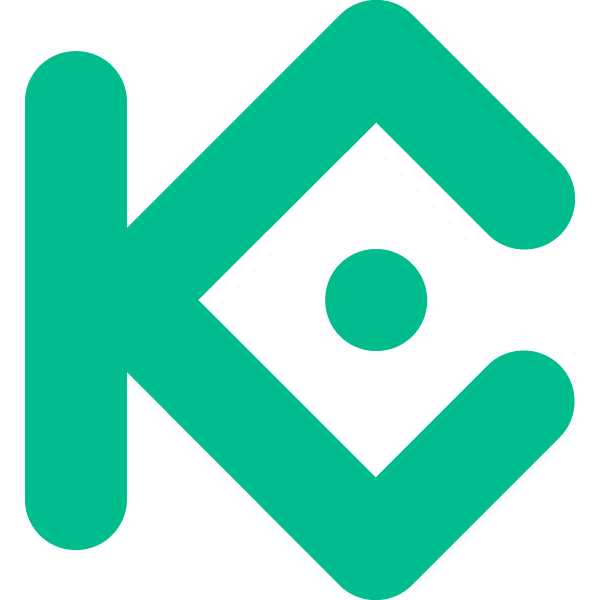1
. Company profile
Finchain is a technology company that focuses on crypto assets and digital financial ecosystem, focusing on providing users with asset management, payment channels and transaction support services based on blockchain technology. According to its public operation form, Finchain does not belong to the traditional centralized exchange (CEX) or decentralized exchange (DEX), but is closer to a "trading technology platform" that integrates crypto asset trading interfaces, digital wallets and CFD matching services.
The company is headquartered in offshore jurisdictions such as Singapore or Seychelles and operates through third-party liquidity bridgings, MetaTrader platform access, white label forex software, and more. Its core product is to provide retail users with a convenient crypto asset trading experience, and wrap real assets in the form of contracts for difference (CFDs) to achieve non-custodial or weakly custodial trading models.
2. Definition
of the nature of the platform The
Finchain platform integrates a variety of financial technology elements in practical operation and has the following characteristics:
It does not have its own on-chain matching mechanism and does not have the automatic matching function of smart contracts, so it does not belong to DEX;
It does not fully control the custodial wallet or provide traditional order book buying and selling functions, and there is no user deposit and withdrawal process that matches the operation of mainstream CEXs, so it is not a CEX in the standard sense;
Theactual trading process is often realized through the MetaTrader (MT4 or MT5) foreign exchange derivatives platform, and the user only touches the price and the counterparty's quotation, rather than the real coin, which is close to the "quotation-driven + interface package" mode.
Therefore, from the perspective of regulation and functional attribution, Finchain is more like a centralized financial contract matching platform, providing trading interfaces, price channels and leverage support services, rather than custody or decentralized exchange of real assets.
3. Core products and functional structure
Finchain's product system mainly includes:
MetaTrader interface
is connected to the MT4/MT5 platform, providing users with a trading interface and chart analysis tools. The platform is widely used in the foreign exchange market, and Finchain provides liquidity aggregation and order execution.Digital Wallet and Account System
The platform has a built-in account management module that supports internal fund transfer, leverage adjustment and risk control, but it is not a complete on-chain custodial wallet and lacks complete private key management.Multi-language and mobile support
Provide multi-language interface (such as English, Chinese, etc.) and cross-platform APP, which is convenient for users to trade and manage in the global market.
CFD Trading
provides leveraged CFD trading on mainstream crypto assets such as BTC, ETH, XRP, LTC, etc. Users place orders through the platform, but do not hold actual crypto assets, but use the asset price difference as the basis for profit and loss.
4. Operation and risk control system
Since Finchain is not a regulated exchange, it usually adopts a more flexible operating model. However, its transaction matching and back-end management generally have the following risk control mechanisms:
Position limit mechanism: control the maximum position size of a single user or the total system to prevent exposure to excess risks.
Forced Liquidation Rules: Positions will be automatically closed after reaching the preset loss ratio to control account risk.
Leverage Range Limit: Dynamically adjusts the maximum available leverage multiplier based on asset class and market volatility.
Latency & Slippage Management: Reduce latency and quote inconsistencies by connecting multiple liquidity providers.
5. Market positioning and user groups
The user groups targeted by Finchain are mainly individual users who pursue high-frequency and leveraged transactions, and their characteristics are:
Pay more attention to short-term price fluctuations and the ability to quickly close positions;
Proficient in technical analysis and chart operation;
It does not pay attention to the custody of assets on the chain, and prefers "transaction as experience";
Mainly from emerging markets such as Southeast Asia, the Middle East, Africa and Latin America.
This user structure makes Finchain's products more inclined to tool attributes rather than asset preservation and long-term holding platforms.
6. Technical architecture and system capabilities
The
system architecture of Finchain revolves around the liquidity interface and account management module, and has the following core structure:
The
matching engine is off-chain: mainly relies on the back-end server to complete the matching. No decentralization.
Price Aggregation API: Access multiple upstream quote sources (such as Binance, Bybit, OKX) to achieve real-time price quotes and transaction target simulation.
Account risk control system: embedded net value calculation, position management and liquidation logic.
Mobile App & Web Console: Improve the convenience and visibility of end-user transactions.
7. Compliance and regulatory status
Up to now, Finchain has not obtained a digital asset or CFD trading license in major financial regulatory regions (such as the US SEC, the UK FCA, the EU ESMA, and the Singapore MAS). Most of its registered places are offshore areas such as Saint Vincent, Seychelles, Marshall Islands, etc.
This regulatory structure determines that its service targets are mainly markets without strict compliance requirements, and the platform's capital security, transaction transparency, and customer asset independence may be subject to high risks.
The platform itself declares that it cooperates with KYC/AML procedures, but its procedures for identity verification, anti-money laundering review, etc., are relatively relaxed, and the implementation standards are unstable.
VIII.
Risks and Disputes
non-position mode: Since the transaction is in the form of CFDs, Users do not really own crypto assets, and only bear the price profit and loss, which is difficult to use for asset preservation or withdrawal operations.
High leverage risk: The leverage ratio is as high as 10-100 times, and users are prone to liquidation in market fluctuations.
Regulatory ambiguity: The place of registration is not transparent, and there is a lack of effective channels for customer rights protection.
Potential market-making counterparty model: If the platform itself assumes the counterparty, there is a structural conflict with the user's "VAM".
9. Development potential and future trends
Although Finchain does not belong to the mainstream compliant CEX or decentralized DEX system, it still has some room for growth in specific user circles. In particular:
the convenience of mobile trading meets the needs of short-term trading;
More attractive to emerging markets with lower compliance thresholds;
It can quickly launch new asset docking price simulation;
It can be used as an interface with traditional financial instruments, such as options, foreign exchange and metal contract fusion products.
However, if it wants to develop in the long term and gain institutional recognition, Finchain still needs to make substantial improvements in terms of regulatory transparency, asset custody structure, and user protection mechanism.
10. Summary
Finchain is a fintech platform with the characteristics of crypto asset trading and CFDs, and its core business is to provide users with a simple and high-frequency digital asset trading channel through a derivatives interface. The essence of the platform is not CEX or DEX, but a brokerage-like interface integration system, which combines the foreign exchange industry model with the blockchain asset price engine to serve specific high-risk preference user groups.














